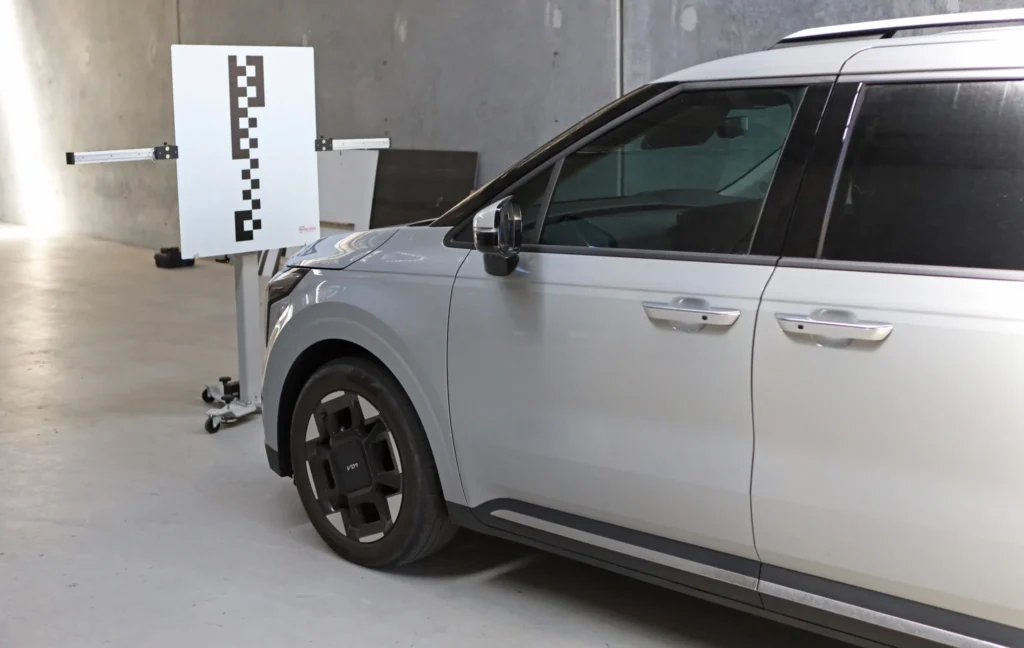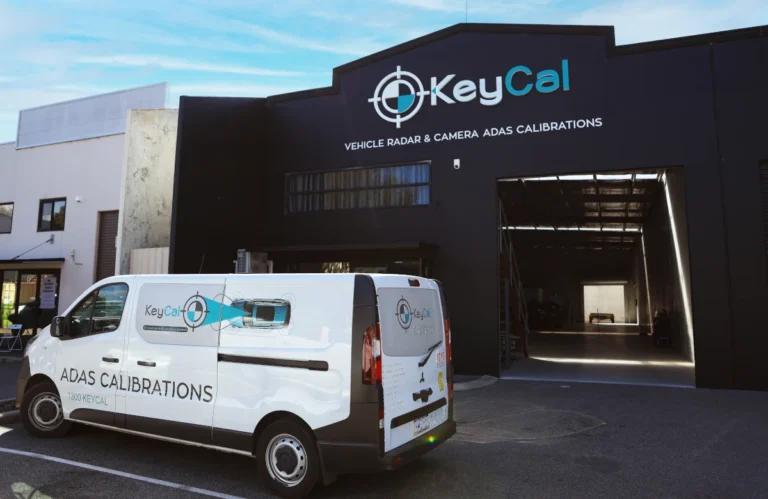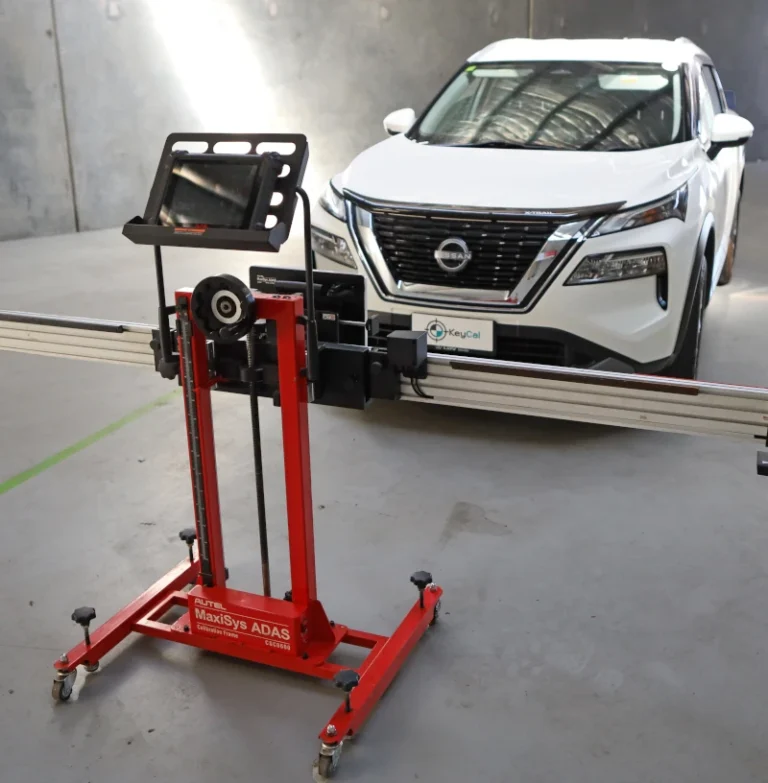The Hidden Reality Behind Bargain Vehicles
Online marketplaces and vehicle auctions are full of “bargains” that look great on the surface, cars needing only minor cosmetic touch-ups or dashboard resets. But what many buyers don’t realise is that modern vehicles come loaded with complex safety technology like Advanced Driver Assistance Systems (ADAS), which can turn a seemingly cheap purchase into a financial headache.
Why Are So Many Cars Written Off?
Insurance companies often classify late-model vehicles as write-offs, even after minor collisions, because of the high cost of ADAS-related repairs. These systems rely on expensive components such as:
Radar sensors (used in adaptive cruise control and automatic emergency braking)
Cameras (used for lane departure warnings, 360° views, and more)
Even a low-speed front-end bump can compromise the radar in a car like a Volkswagen Touareg, which uses adaptive cruise control. Replacing that radar might cost:
$4,500 new
$1,000 used (with no guarantee it works)
Plus calibration, programming, and labour costs that quickly exceed the car’s market value.
The Real Cost of ADAS Repairs
Some examples of unexpected expenses include:
Headlights on certain Mercedes-Benz models costing over $3,000
Programming tools that are only available to licensed workshops, requiring subscriptions costing up to $10,000 per year
Calibration laptops, vehicle communication interfaces, and OEM software access, which are often only available through the Australian Automotive Service and Repair Authority (AASRA)
These high costs are exactly why vehicles get written off and end up at auction.
Hidden Risks of ADAS Components in Used Vehicles
Replacing ADAS parts is not as simple as swapping one unit for another. Here’s why:
Sensor Compatibility: Even vehicles from the same model year can use different radar or camera systems depending on trim or production date.
VIN-Locked Components: Many parts are locked to a vehicle’s original VIN. If programmed incorrectly, the sensor can become completely unusable.
Used Sensor Dangers: Previously damaged sensors (even from a drop or impact) may appear fine but fail calibration or cause intermittent issues, if they work at all.
Most of these issues only emerge during the calibration or programming phase, leading to additional expenses and delays.
Why Buyers Should Think Twice
Vehicles listed on auction platforms or social media marketplaces are often classified as “repairable write-offs.” While they may look like a great deal at first glance, they’re frequently missing critical ADAS components, or worse, fitted with incompatible or non-calibrated parts.
And here’s the kicker: only licensed technicians with the right trade qualifications are authorised to carry out these calibrations in WA. Bypassing this not only voids safety guarantees but could also breach compliance laws.
Final Thoughts: Pay Now or Pay Later
When buying a used or written-off vehicle, especially newer models with ADAS technology, remember this:
- Don’t judge by the sticker price alone
- Factor in the cost of ADAS calibration and repairs
- Have the vehicle inspected by a licensed ADAS specialist before committing
At KeyCAL, we help you avoid these pitfalls by offering expert diagnostics, mobile ADAS calibrations, and a fixed price that’s more affordable than most dealerships. Whether you’re a panel shop, windscreen company, or mechanic, we make sure the calibration is done right—on-site, on time, every time.





